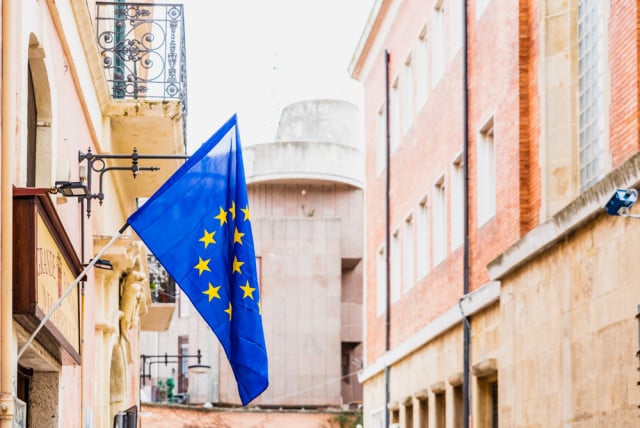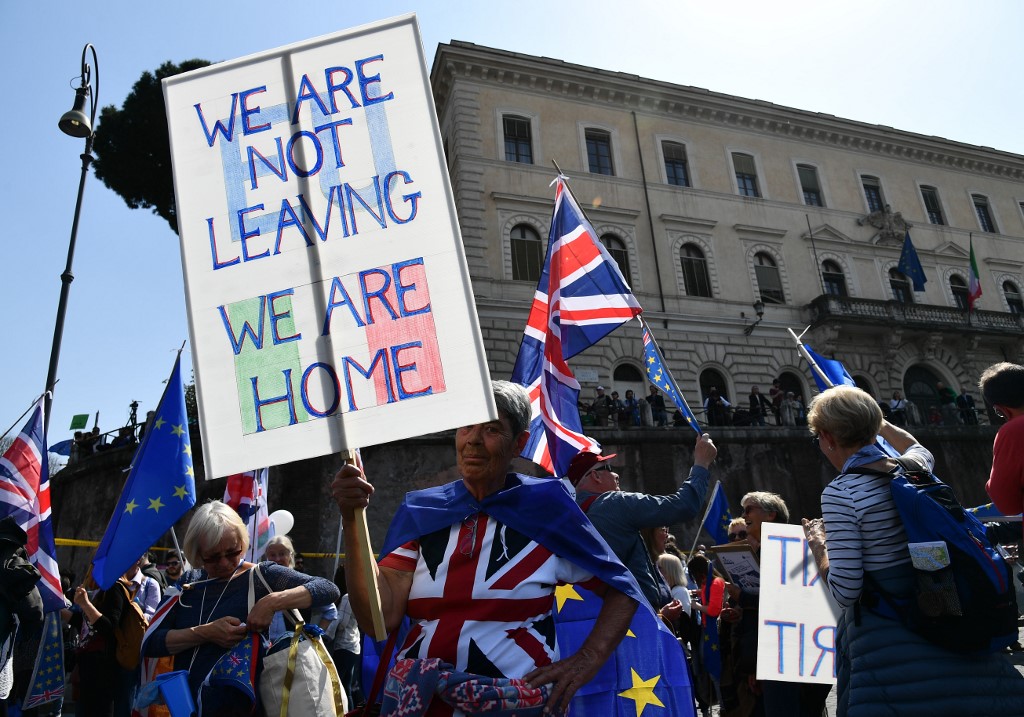On that date, all UK citizens who do not have dual nationality will lose their EU citizenship.
In practical terms for British people who either live in Italy (full or part-time) or visit frequently, not a lot changes immediately.
If the UK goes out with a deal, a transition period begins and during that period British people will still be free to come to Italy to live and work.
In order to make sure that, whatever happens, you are in the best place to secure your rights, during the transition period Brits in Italy need to ensure that they are indeed a legal resident of Italy.
All EU/EEA nationals staying in Italy longer than three months should have applied for a certificato di residenza (residence certificate) at their local Anagrafe (registry office).
Your application must include evidence of employment, study or training in Italy, or proof that you have sufficient economic means to support yourself and any dependants.
Note that under the Withdrawal Agreement applicants will have until six months after the end of the transition period – so June 2021 as things stand to apply for residency.
Find full details of how to apply here.
If you arrive in Italy before the end of the implementation (also known as transition) period, you will be able to register as resident in Italy under the current rules, and will have your right to residence in Italy protected for as long as you remain resident.

Photo: Depositphotos
How long does the transition period last?
At the moment, the transition period ends on December 31st, 2020.
It was originally intended as a two-year period during which the UK and the EU could negotiate their future trading agreement, but repeated Brexit delays from the original date of March 29th 2019 have whittled it down to just 11 months.
There is an option to extend it up to a maximum of two years (so until December 31st 2022 at the latest) but that would need to be agreed by June 2020.
Trade experts say making a deal in just 11 months will be extremely difficult, but British PM Johnson is adamant that he will not ask for an extension (although it's worth pointing out that he also said that about the October 2019 Brexit date).
What happens at the end of the transition period?
At the end of the transition period, whenever it is, the UK then begins trading with the EU on new terms – either under the deal it has agreed during the transition period, or under WTO rules if it has not managed to make a deal.
The end of the transition period also marks the end of freedom of movement for UK nationals.
For people contemplating making the move to Italy, it may be best to do it as soon as possible.
It is still not entirely clear what the requirements will be for British people wanting to make the move after the end of the transition period, but it could be similar to the process that American and Australian citizens already have to go through.
They face much stricter requirements for residency than those offered to British people who are in the country by the end of the transition period, so if it is possible to make the move earlier that may well be the better option.

Photo: Vincenzo Pinto/AFP
What do I need to do now?
The transition period gives British people some breathing space to sort out their affairs but as Italian bureaucracy is not exactly famed for its speed, it would be best not leave everything until the last minute.
The framework of the Withdrawal Agreement gives anyone who is legally resident in Italy before the end of the transition period the right to stay. But of course, being legally resident in Italy is not the same as simply being in the country, so you'll need to have your paperwork in order.
The British Ambassador to Italy, Jill Morris, stated: “Before the UK leaves the EU, if you are a UK national living in Italy and you haven't yet registered officially as a resident, you should do so immediately. You may be able to apply for residency electronically if you have an electronic signature and a PEC address. Your comune's website should have more details as to how to do so.”
READ ALSO: The ultimate guide to getting residency in Italy
“If you are still driving on a UK driving licence, you should exchange your licence for an Italian one before Exit day. If you do not, then you may be required to re-take your test after Exit day.”
“If your UK passport is nearing the end of its validity, you should renew it now. After the UK leaves the EU, your UK passport will need to have at least six months validity remaining to travel to EU countries.”
READ ALSO: How to swap your British driving licence for an Italian one
It will almost certainly be easier to arrange these things during the transition period than as a Third Country National afterwards.
However, as always with Brexit, there are still plenty of unanswered questions.
Most of the existing Italian legislation was passed in relation to a no-deal Brexit, so if the UK exits with a deal, these will need to be revisited.
Check out The Local's Brexit section for more details and updates. And if you have questions, please send them to us here and we will do our best to answer them.




 Please whitelist us to continue reading.
Please whitelist us to continue reading.
Member comments